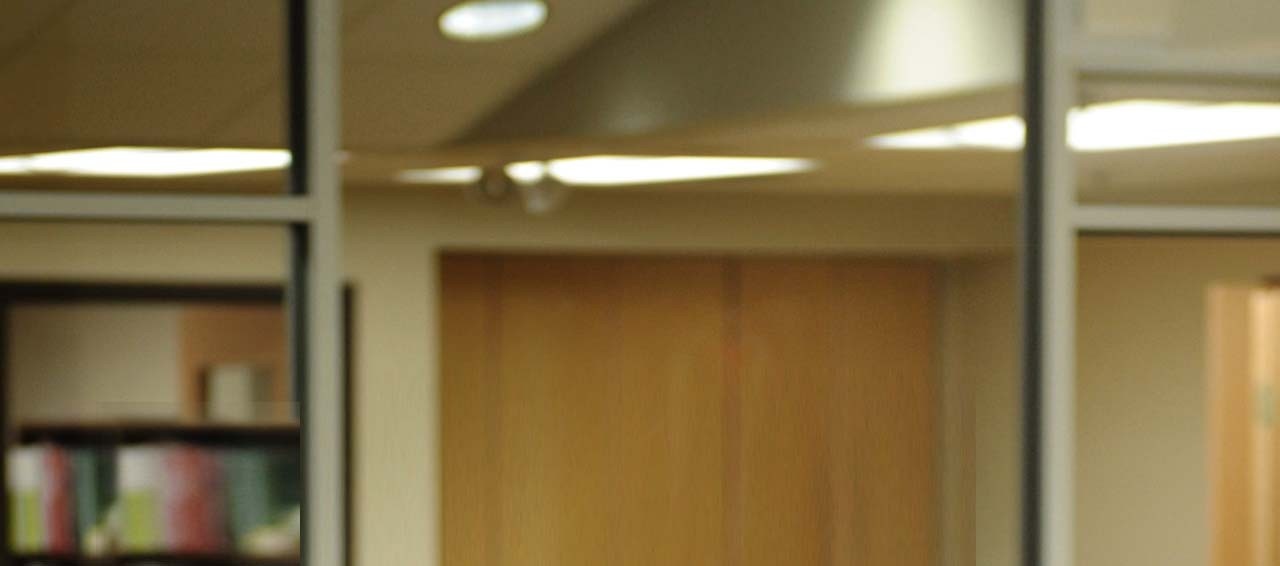Professionalism
The School of Health Sciences Model of Professionalism
The School of Health Sciences Model of Professionalism includes values and behaviours which guide the practice of health care professionals. Faculty, staff, clinical preceptors, and students are expected to conduct themselves according to this model.
SHS Model of Professionalism
SHS Principles and Values of Professional Conduct
Social Media Guidelines
Dalhousie Student Code of Conduct
Through your Dalhousie e-mail account, this is the primary means of communication for academic and administrative purposes within Dalhousie University. Effective email messages communicate clearly and reflect a professional image.
Email etiquette
Faculty, staff, and students are expected to observe the standards of courtesy and professionalism that apply to all university communications.
Please adhere to the following guidelines when communicating via email:
1. Email is not to be used to criticize. Contentious issues should be resolved in person or by phone.
2. Emails should be written with an air of professionalism and courtesy. Professional salutations (e.g. Dear ___) and closings (e.g. “Sincerely”, “Regards”, etc) should always be used in email communications. Students are asked to include their banner ID numbers in their signature lines on all communications to all faculty and/or staff.
3. When corresponding, use proper composition and carefully proofread emails before sending (checking for proper spelling and grammar). Avoid using emoticons and abbreviations (LOL, BTW, etc.) as their use is generally considered to be too informal for university correspondence.
4. Use “reply all” appropriately when responding to an email. The “reply all” function in e-mails should only be used when it’s necessary for the original sender and all others in the “To” and “Cc” fields to know your response or if the information you are sharing directly involves ALL of the recipients.
Do not “reply all” when:
Only the original sender needs to know your reply;
Only the original sender and a few other recipients need to know your comments. In this case, do a normal reply and add the select other recipients manually;
Your message is simple like “Thanks!” or “Me too!” While the gesture is nice, only the original sender needs to be aware of how you feel about the message.
No matter what the situation, always take a minute to think it through before you hit “Send”.
5. Faculty, staff and students are encouraged to respond to emails as promptly as their schedule reasonably allows within regular business hours. Answer emails within a reasonable timeframe (generally within 3 business days).
Students are encouraged to consult with Dalhousie’s Writing Centre for tips and additional resources on professional writing.
